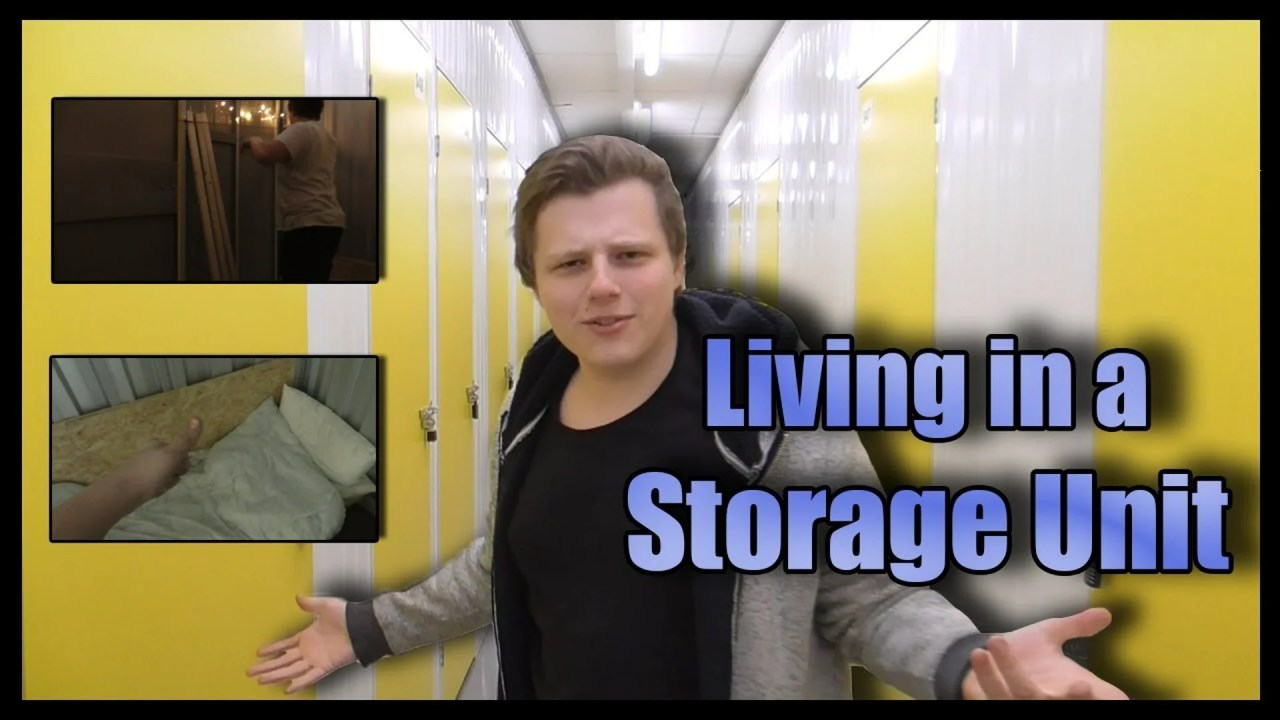Rather than guessing appropriate storage unit sizes, applying key measurement strategies prevents common issues like cramming units dangerously tight or overspending for unused surplus capacity. For instance, mapping furniture layouts on graph paper compared to unit dimensions ensures everything fits while allowing sufficient maneuvering space and growth margins over time. Follow fundamental tips guaranteeing ideal fit.
Precision Measurements Prevent Surprises
Carefully gauging all item dimensions referencing visual tools like NSA Storage Size Guide prevents frustration discovering pieces won’t fit after rental commitments. Professional organizer Brianna Knight strongly advises renters “never eyeball storage needs sans verifying tape measurements accounting for irregular shapes and required safety margins between contents. Graphing layouts also catches overestimations minimizing unnecessary overages wasted. An tedious extra hour mapping inherently prevents storage fails costing far more long term – use guides properly!” Verify math tangibly upfront.
Factor Retrieval Frequency Into Size
Accommodate needed access managing store contents through:
- More frequent interim access warrants larger units near entry
- Infrequent access allows deeper locations optimizing rates
- Commonly needed items remain nearest the door uncompressed
- Rare rotations position behind with moderate spacing
The Dept of Energy Office of Energy Efficiency and Renewable Energy offers helpful home inventory organization tips. While renting larger spaces aids convenience, strategic item prioritization furthers optimization best leveraging size, access and affordability holistically.
Note: Historic evidence shows the ancient Egyptians pioneered documented warehouse worker placement hierarchies dictating storage item contact frequencies.
Anticipate and Accommodate Growth
When initially estimating necessary storage capacity, customers battle justifying excess unused space based on current belongings versus incurring multiple upsizing transfers as inventory expands over years.
However facility manager Keith Tan advises renters: “Carefully projecting collecting trajectories over a 5-10 year period allows appropriately scaling units aligned with hobby maturation rather than short-changing room ingesting new acquisitions later at high fees. Committing modest surplus area upfront guarantees saving substantially long-term once averting a first post-crowding unit migration. Factor likely personal goals before downsizing dollars temporarily wins over strategic space scalability enabling enduring growth uninterrupted conveniently.” Consider future needs beyond present possessions.
Assess Weight Limits and Safety Compliance
Choosing correctly sized units prevents:
- Exceeding load bearing strength collapsing under excess item densities
- Blocking sprinkler systems or heating elements presenting fire hazards
- Creating tripping dangers through impassably narrow storage arrangements
The Department of Housing and Urban Development offers helpful safety resources for housing items properly. Just because possessions physically fit does not guarantee sufficiently secure long term storage without assessing other latent risks introduced through overpacking space.
Compare Location Accessibility
If requiring frequent retrievals, units positioned closest to facility entry points minimize transit time accessing contents regularly as described on sites reviewing impactful business management decisions. However, deeper placements work storing items only requiring annual or biannual handling.
Similarly, low-clearance trunks needing contents transferred into alternative vehicles before exiting sites may warrant ground floor access. Measure doorways ensuring large furniture maneuvers through routes ahead when touring initially. While renting cheaper back units saves dollars short-term, leaning long-term plans determines ideal positioning balance. Retrieve convenience challenges cost benefits depending on intended interactions and equipment needs.
Stat Box:
Average US Storage Unit Sizes
5×5 (Closet) – $40-60/month
5×10 (1-Car Garage) – $65-100/month
10×10 (Studio) – $100-150/month
10×15 (1-Bedroom) – $120-180/month
Optimizing Your Storage Unit Size
Strategically measuring belongings, mapping layouts, projecting growth, ensuring safety and comparing access options facilitates renting ideally sized storage units customized to usage needs rather than generically guessing shortsightedly.



